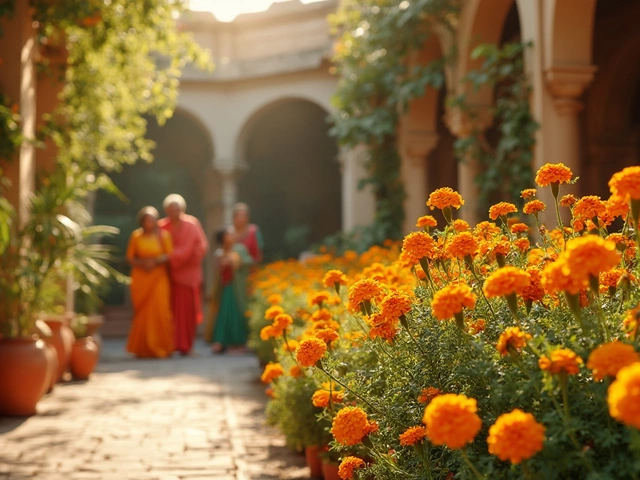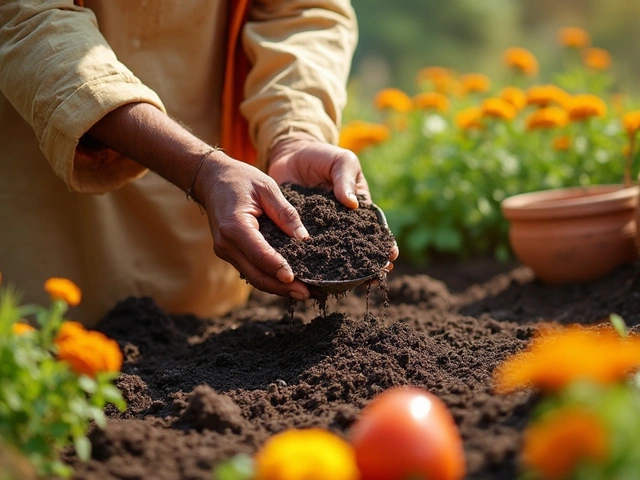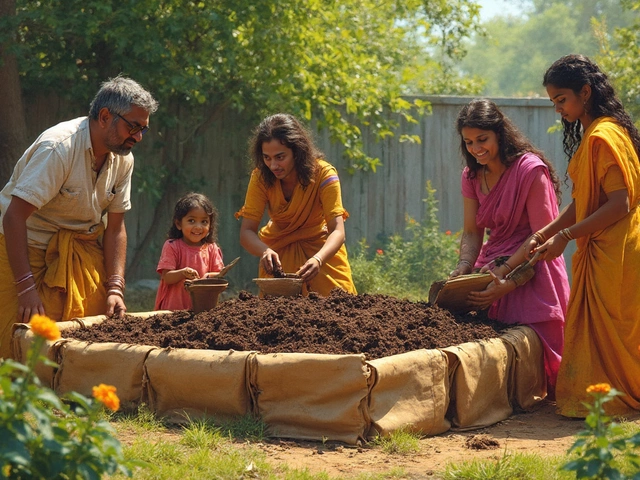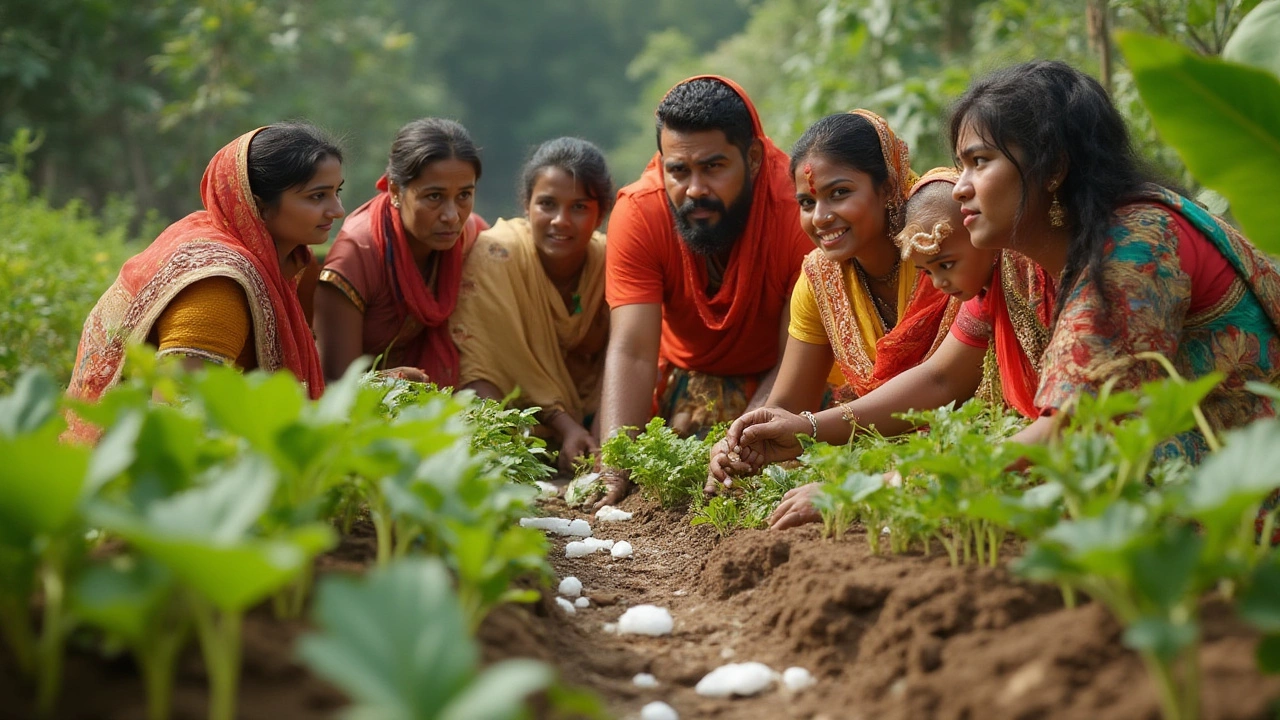Essential Garden Safety Tips for Every Gardener
Gardening is fun, but a slip, cut, or sunburn can ruin the joy fast. The good news? Most accidents are preventable with a few easy habits. Below are the basics you need to keep yourself, your family, and your tools safe while you work the soil.
Common Garden Hazards
First, know what can go wrong. Sharp tools like pruners, garden forks, and hedge shears can cause cuts if you rush or handle them without a firm grip. Heavy pots or bags of soil can strain your back, especially if you lift with a bent spine. Pesticides and fertilizers contain chemicals that irritate skin or lungs if you skip gloves or a mask. Sun exposure can lead to painful burns or dehydration, and uneven ground or ladders can trigger trips and falls. Children and pets add extra risk – they love to explore, and a stray tool or open compost can become a hazard.
Practical Safety Practices
Wear the right gear. A sturdy pair of gardening gloves, closed-toe shoes with good tread, and long sleeves protect against cuts, thorns, and sun. If you’re using chemicals, add goggles and a mask. A wide-brim hat and sunscreen are non‑negotiable on bright days.
Handle tools correctly. Keep blades sharp – a dull blade needs more force, which raises the chance of slipping. Store tools in a dry place and check handles for cracks before each use. When cutting, always cut away from your body and keep your fingers clear of the blade path.
Lift smart. Bend at the knees, not the waist, and use your legs to lift heavy items. If something feels too heavy, ask for help or use a wheelbarrow. Split large bags into smaller loads whenever possible.
Manage chemicals safely. Read labels, mix only the amount you need, and never apply chemicals in windy conditions. Store them out of reach of kids and pets, preferably in a locked cabinet.
Stay cool and hydrated. Water yourself regularly, especially during early mornings or evenings when the sun is less harsh. Carry a water bottle and take short breaks in the shade.
Secure ladders and elevated work. Position ladders on firm ground, maintain a three‑point contact, and avoid over‑reaching. If you need to prune high branches, consider a stable step stool instead of a shaky ladder.
Watch out for pets and kids. Set up a small “garden zone” with a fence or barrier to keep little explorers away from tools and chemicals. Teach children basic garden rules, like no running with tools and staying clear of compost piles.
Keep a first‑aid kit handy. A basic kit with bandages, antiseptic wipes, tweezers, and a pain reliever can turn a minor cut into a quick fix. Know the nearest medical facility’s contact info, just in case.
By integrating these habits into your routine, you’ll spend more time enjoying your plants and less time dealing with injuries. Safety isn’t a chore; it’s part of the gardening experience that lets you work longer, grow bigger, and feel proud of a healthy, accident‑free garden.
Is Styrofoam Safe for Vegetable Gardens? The Truth About Using Polystyrene in Gardening
Dig into the safety and effects of using Styrofoam in vegetable gardens. Learn if polystyrene is safe, what experts say, and get practical tips from real gardeners.
About
Gardening
Latest Posts


Can You Grow Rice in America?
By Alden Thorne Feb 28, 2025

Most Popular Flower in India: Why the Marigold Reigns Supreme
By Alden Thorne May 27, 2025

Bulk Up Garden Soil: Real Ways to Make Your Dirt Work Harder
By Alden Thorne Jun 16, 2025

